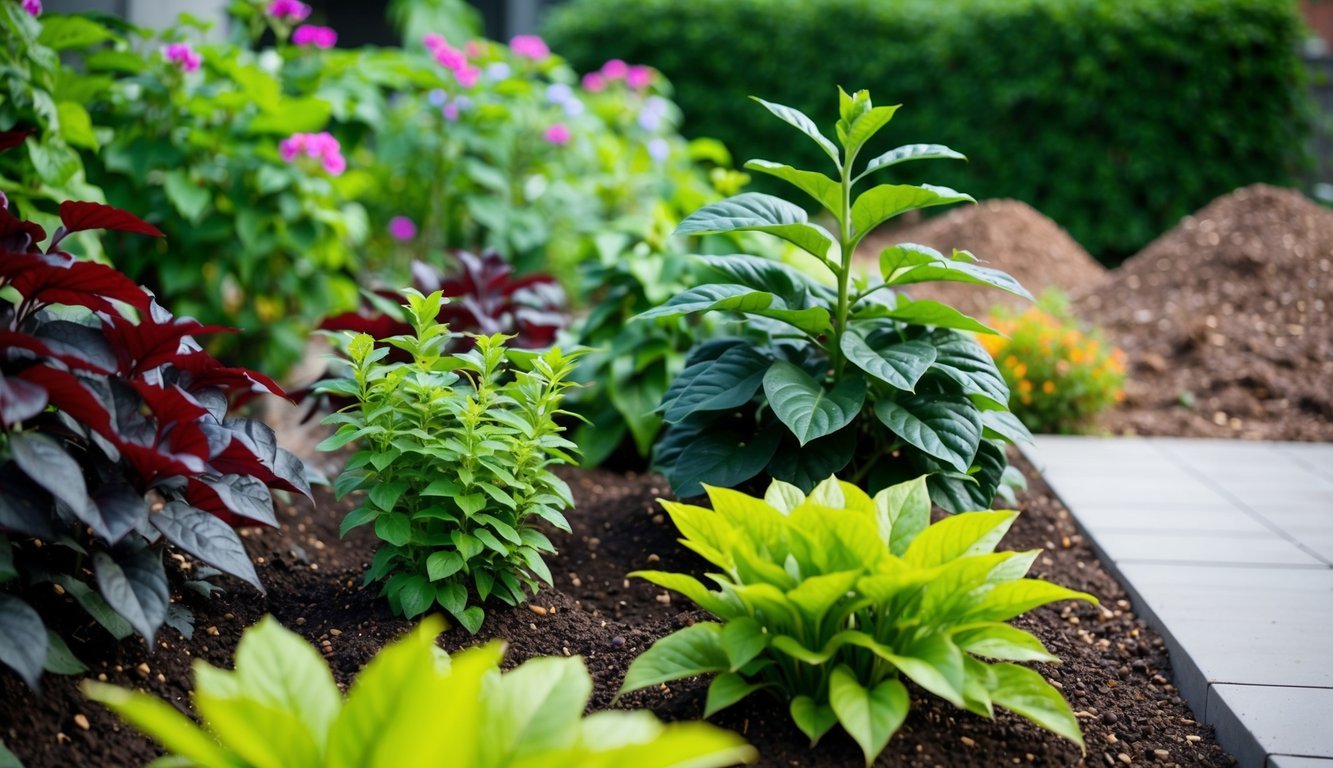
Coffee grounds can be a fantastic organic fertilizer for your plants if you know how to use them properly.
However, improper application can lead to issues that harm rather than help.
Horticulture expert Matt Dursum highlights common mistakes people make with coffee grounds and provides insights on how to avoid them.
Recently, more and more gardeners have started integrating coffee grounds into their plant care routines.
These grounds are not only packed with nutrients but are also readily available.
If you’re not a coffee drinker, don’t worry—many local coffee shops and cafés often give away their used grounds for free.
Understanding Coffee Grounds
During the brewing process, the acidity of the coffee grounds decreases, and the caffeine is mostly removed.
What you’re left with is a nutrient-rich material that nourishes beneficial microorganisms crucial for healthy soil.
Despite their affordability and ease of use, there are key mistakes to watch out for when using coffee grounds in your gardening practices.
Let’s explore nine common errors and how to sidestep them.
- 1.
Overusing Coffee Grounds
Like any fertilizer, too much of a good thing can backfire.Overloading your soil with coffee grounds can lead to nutrient saturation, resulting in wilting, browning leaf tips, and yellowing foliage.
If you notice these issues, it’s time to cut back on the grounds or stop adding them entirely.
- 2.
Neglecting Composting
While coffee grounds are nutritious, they shine most in enhancing soil structure and attracting beneficial microbes.Instead of tossing them straight into your garden, try adding them to your compost bin or worm bin.
Their high nitrogen content is perfect for enriching compost.
- 3.
Excessive Nitrogen in Compost
It’s essential to find a balance when composting coffee grounds.Though they are great green waste, too many can disrupt the nitrogen-carbon balance.
To counter this, mix in brown materials like dried leaves or twigs to create a thriving compost pile.
- 4.
Using Grounds as Mulch
Coffee grounds don’t make the best mulch.Unlike other materials that shield soil from light and help retain moisture, coffee grounds can create a fine layer that dries out quickly, potentially leaving your plants thirsty.
- 5.
Ignoring Brewing Benefits
Don’t underestimate the advantages of brewing your coffee grounds! When brewed, they become more compatible with soil and more accessible to microbial life.Raw, unbrewed grounds can be off-putting to both animals and the beneficial microbes you want in your garden.
- 6.
Overlooking Pest Deterrent Qualities
Sprinkling raw coffee grounds in your garden can help keep pests at bay.The caffeine and other compounds in unbrewed grounds can repel unwanted visitors, such as slugs and snails, providing a natural barrier for your plants.
- 7.
Relying Solely on Coffee Grounds for Nutrients
While coffee grounds are helpful, they shouldn’t be your only source of nutrition for your plants.They lack a complete nutrient profile.
Instead, composting coffee grounds helps build soil health by adding vital microbes, fiber, and protein.
- 8.
Missing Out on Free Coffee Grounds
Not a coffee drinker? No problem! Many cafés and eateries are more than happy to give away their used coffee grounds.Reach out to your local coffee shop; they may appreciate having someone take this waste off their hands.
Final Thoughts
Although there are risks associated with using coffee grounds if not approached thoughtfully, the adverse effects are often minor and easily fixable.
By following these guidelines and avoiding common pitfalls, you can enrich your soil and boost the overall health of your plants.
Happy gardening!
Source: Epicgardening

